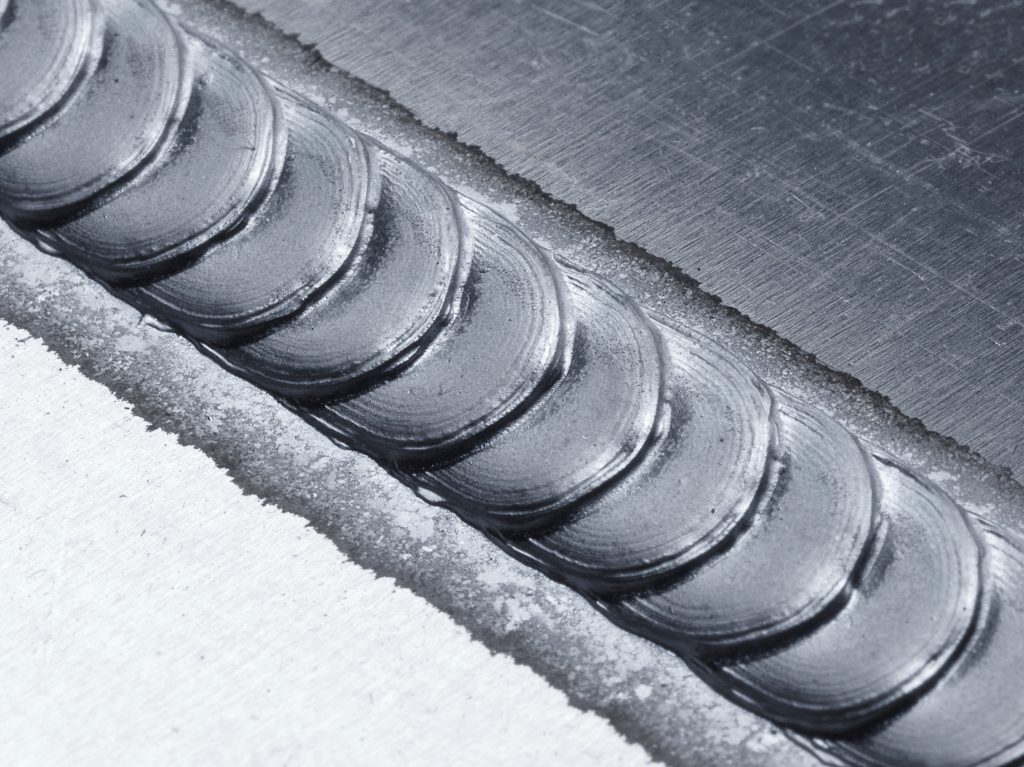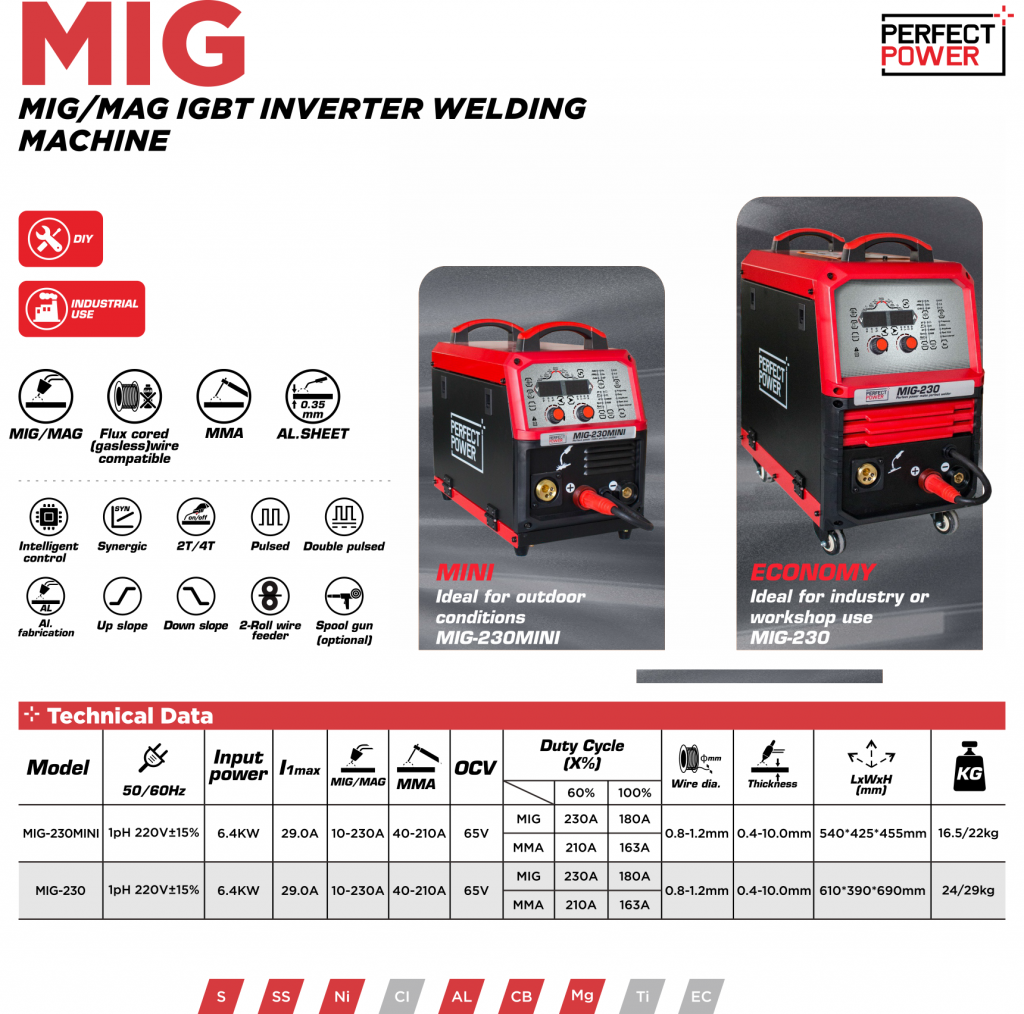
What size MIG welder do I need?
MIG welder is the main tool you need to fuse metal together. An important thing to keep in mind is that the size of a MIG welder has to be suitable according to the task given. This is important to ensure that you have the ability to perform the necessary tasks with the correct settings to have a good output. Choosing the right size MIG welder can be a bit tricky. You need to take into account different aspects which we will discuss today. Also, with such a wide range of MIG welders and kits available out there, you might be confused over which one to choose.
As you read on, this article will guide you about the size of MIG welder you really need.

What type of work do you want to do?
The size of the MIG welder depends on different factors such as power output, the thickness of the material, the type of material, and the level of experience you have. All of this combines to determine the type of work you are going to do with your MIG welder. Following is a detailed description of each factor:
Type of material
MIG welders are best at handling steel, stainless steel, and aluminum alloys. A single welder can work on all three materials, even better if you get a multi-process one. But mostly since you are asking this question, I will assume that you want to weld mild steel. With aluminum and stainless steel, I would recommend learning TIG welding afterward. Or at least practice on steel before moving on to more exotic alloys. All MIG welders will work with regular steel, and they are mostly designed for that.
Power Input
The second important factor is the power input. A low power output such as 120V is available in homes while a higher voltage of 240V or more is supplied in industrial places etc. If you already don’t have a 240-volt outlet, you can probably get one if you have some bucks to spend. You need to choose the size of the MIG welder according to the area you are going to work in and the available outlet you have. If you want to do some household welding with sheet metal, a 120V MIG welder is enough. If you have to perform a welding job on an industrial scale, more power output is required. So in some cases, it is reasonable to buy a machine that has both, 120 and 240-volt input available, maybe you want to join the 240-volt network or you need to weld thicker materials.
You Should Avoid AC MIG Welders?
A number of MIG welders offer different types of power inputs and even outputs. Some are working on alternating current as well. They can work best for you if you are looking to waste money on useless gear. They are cheap and often people sell them on E-bay. The best part is that it is almost impossible to weld with this type of cheap welder. You can read more about the welding machines that I would recommend for beginners here.
Just trust me, it is better to avoid AC machines or cheaper end machines in general.

Thickness of material
The thickness of the material is another important factor. Do you need to create a metal sculpture? Does your motorbike require some fabrication? Does your steel fence need repair? Or are you going to repair your farm equipment?
For all of these different jobs, the thickness of the material will be different. Therefore, the right size MIG welder is the one that can handle the thickness of material with ease. It is advised to buy a machine 30% more powerful if you want to weld for long periods of time.
Your level of Experience
In most cases, it is not reasonable for a beginner to buy a heavy-duty machine and pay a few thousand bucks for it. Probably you would never use the full potential of the machine, ever. As a beginner, a simple 120 volt MIG is enough to practice on sheet metal. It is perfect to weld your motorcycle frames, sheet metals like car body panels, etc.
How much power do I need for 3/8” mild steel?
For a 3/8” mild steel, getting a powerful MIG welder is a good option. As it is a thick enough material, a power output of at least 240V is required. If your job includes working on thicker and heavier metals, buy a machine that can produce at least 230 amps of power.
What if you only have 120V household power output?
If you only have 120V household power output, you can get a 120V MIG welder. This MIG welder works best for household welding tasks and thin metals. An important thing to bear in mind is that 120V power output can only handle simple welding jobs. You cannot weld heavy and thicker metals with this amount of power.

What size MIG welder is best for beginners?
As a beginner, you need to practice, practice, and practice!
For that, you need a highly forgiving machine. If you choose a high-end MIG welder, should be fairly safe. The technology today is top-notch and with higher prices come handy safety features and other additions to make your life easier as a beginner. For beginners, it is better to start with welding thin metals. You can start with small household welding jobs that require less power output and less effort.
Conclusion
Choosing the right MIG welder has to be according to your job requirements. If you are a professional and experienced welder, you might find a use for more heavy-duty jobs. However, if you have just stepped into the world of welding, it is better to start with more basic MIG welders. Slowly, you can move on to bigger sizes. I would highly recommend you to read this article as well – a buyer guide for beginner welders.



